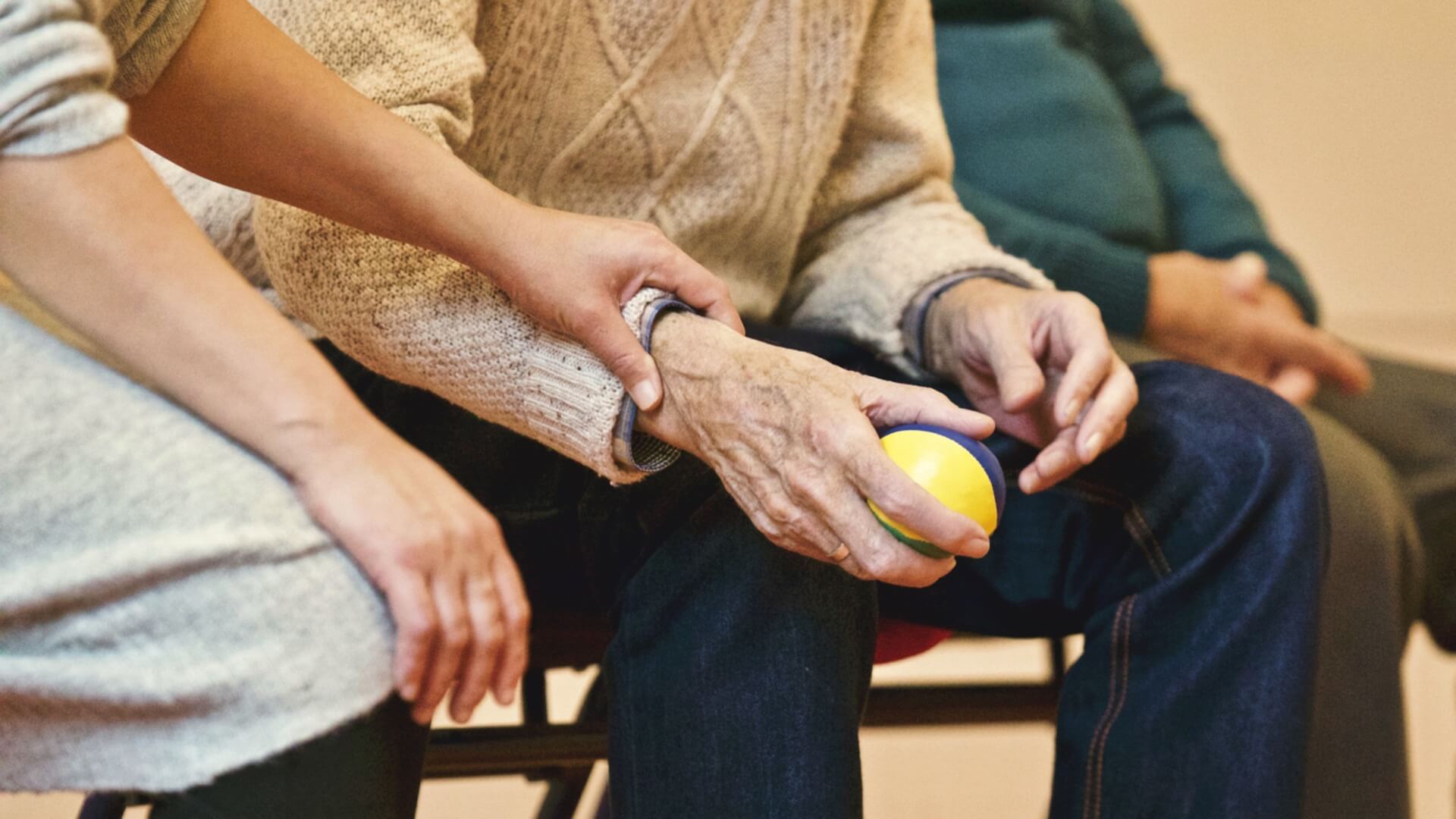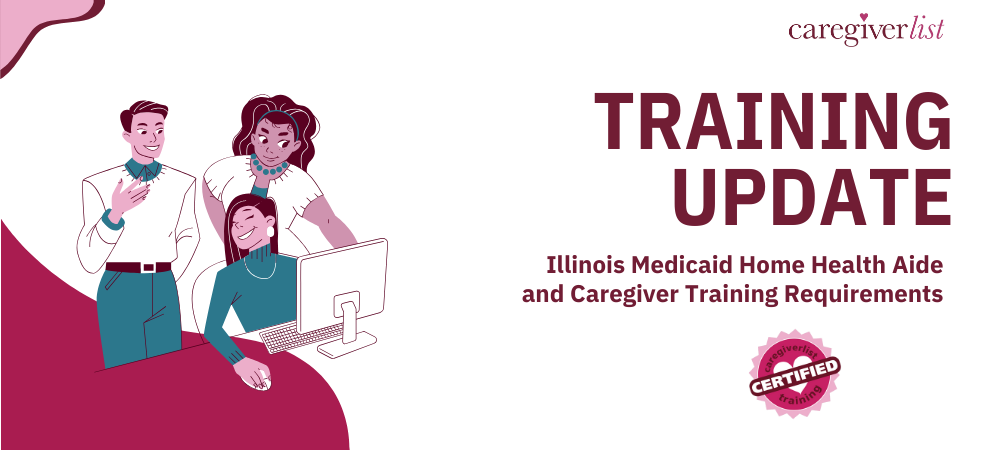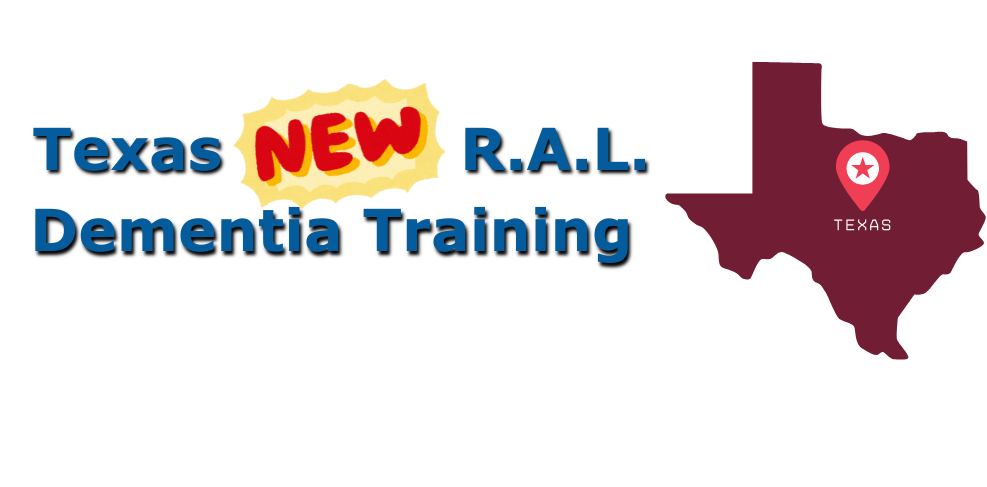A gene that affects how the kidneys process salt may help determine a person’s risk of high blood pressure, a discovery that could lead to better ways to treat the condition, researchers announced yesterday. People with high blood pressure are more likely to develop heart attacks, heart failure, strokes and kidney disease.
Seniors with a common variant of the gene STK39 tend to have higher blood pressure levels and are more likely to develop full-blown high blood pressure, also called hypertension, University of Maryland School of Medicine researchers found.
They identified the gene’s role in high blood pressure susceptibility by analyzing the genes of 542 people in the insular Old Order Amish community in Lancaster County, Pennsylvania.
The researchers confirmed the findings by looking at the genes of another group of Amish people as well as four other groups of white people in the United States and Europe. About 20 percent of the people studied had either one or two copies of this particular variant, the researchers said.
The gene produces a protein involved in regulating the way the kidneys process salt in the body — a key factor in determining blood pressure, the researchers said. The findings could lead to the development of new high blood pressure drugs targeting the activity of STK39. Many factors are involved in high blood pressure such as being overweight, lack of exercise, smoking and too much salt in the diet.
The Lancaster Amish are seen as ideal for genetic research because they are a genetically homogenous people whose ancestry can be traced to a small group who arrived from Europe in the 1700s. In addition to genetic similarity, they also maintain similar lifestyles in their close-knit rural communities.
And, it is also interesting to note that the Amish do not pay into Social Security as they also do not collect it because they take care of their seniors as part of their community – Mom and Dad live with their children or in a house next door to the children when they are unable to live on their own because of health issues.







